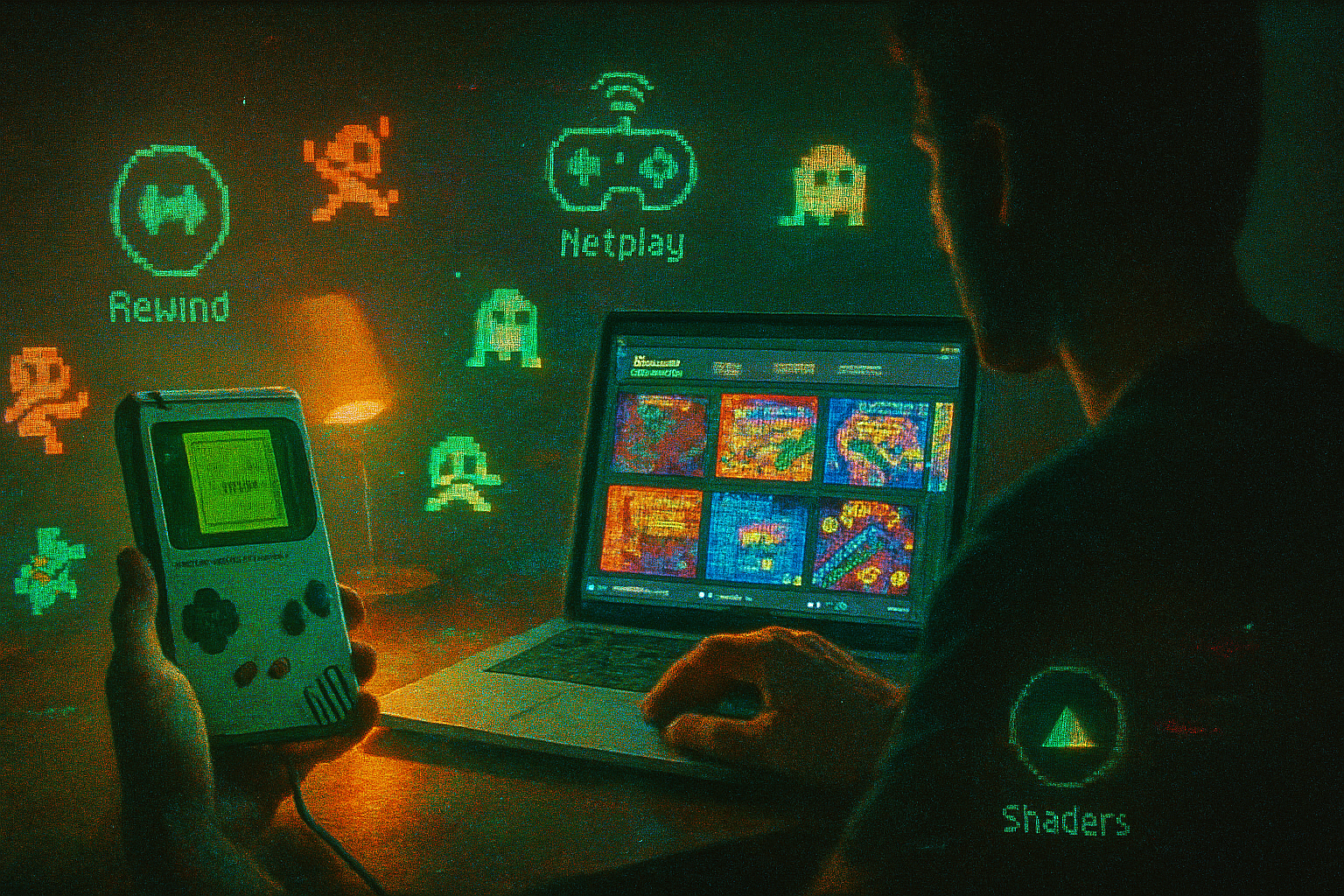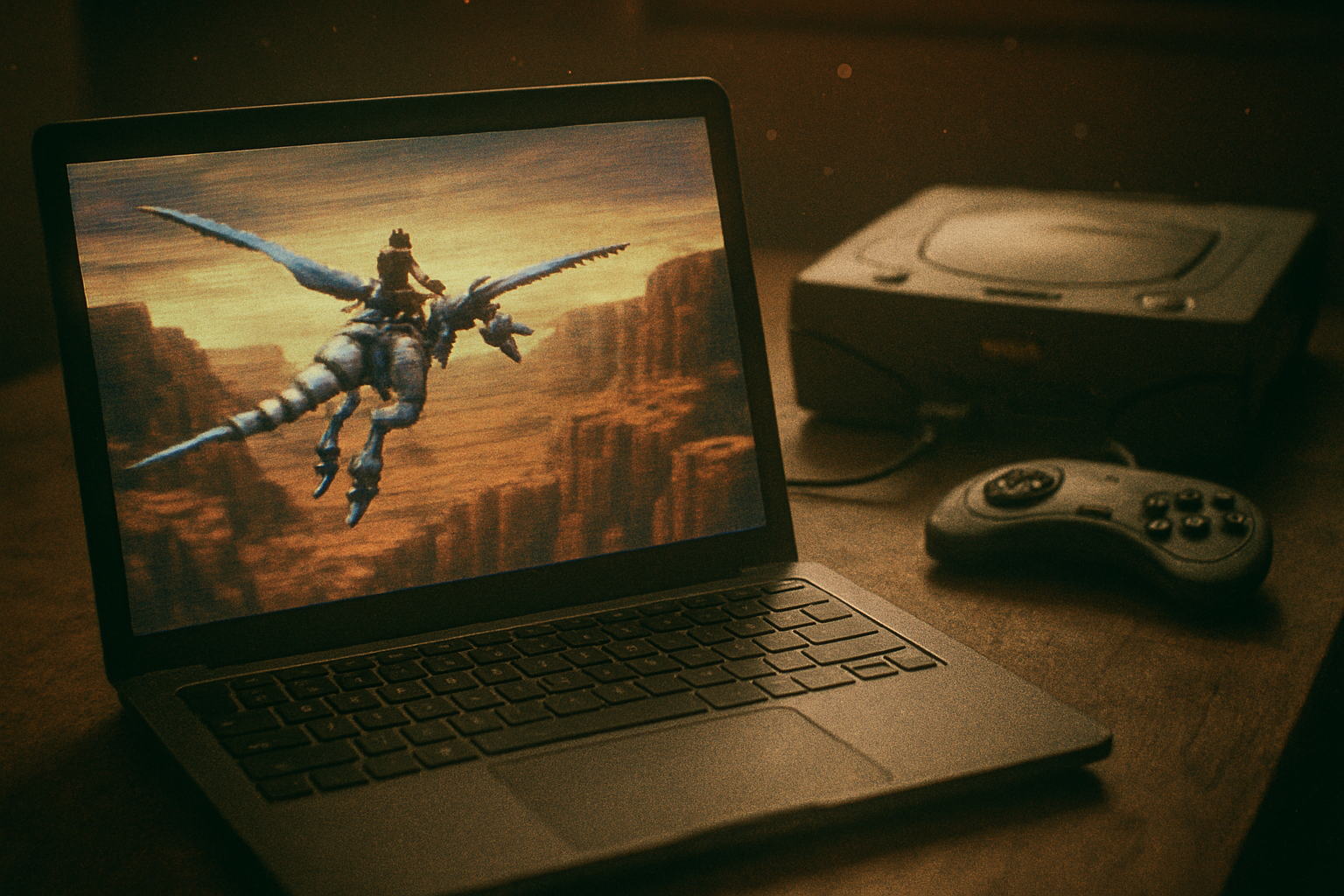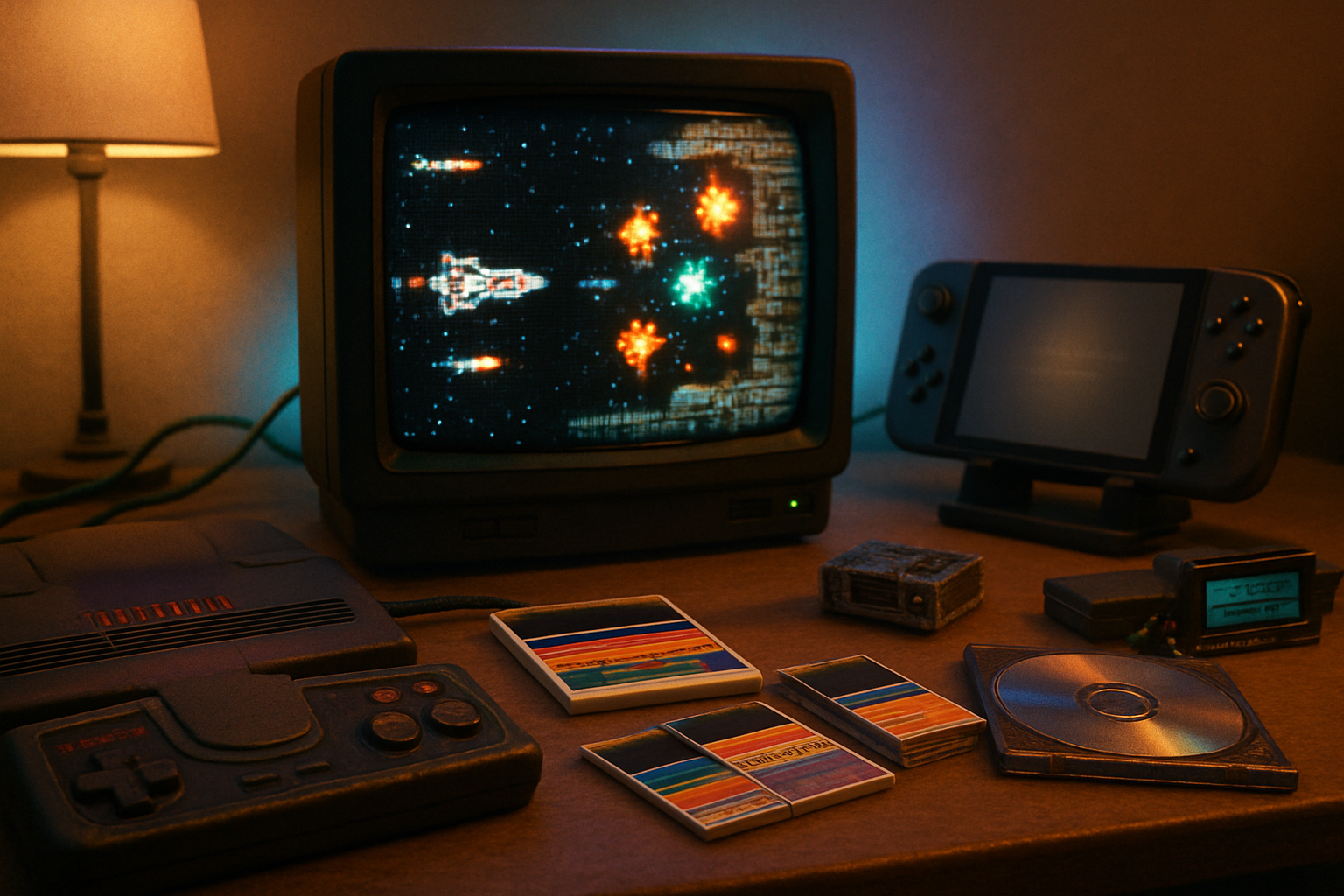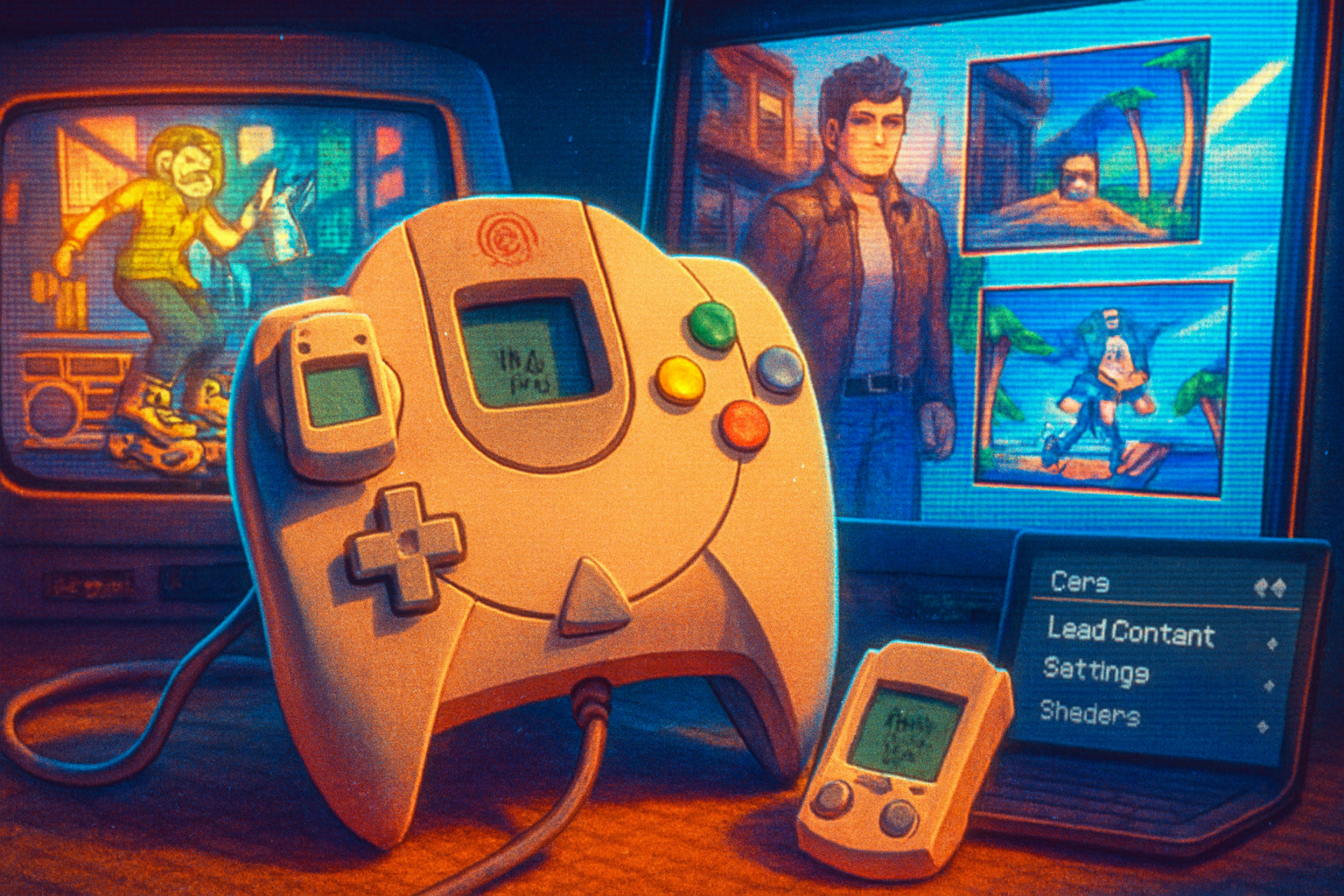· retrogaming · 7 min read
The Best Game Boy Color Emulators of 2023: A Comprehensive Review
A hands-on, platform-by-platform look at the best Game Boy Color emulators updated in 2023. Compare accuracy, features, link support, and performance so you can pick the right emulator for Windows, macOS, Linux, mobile, or the web.
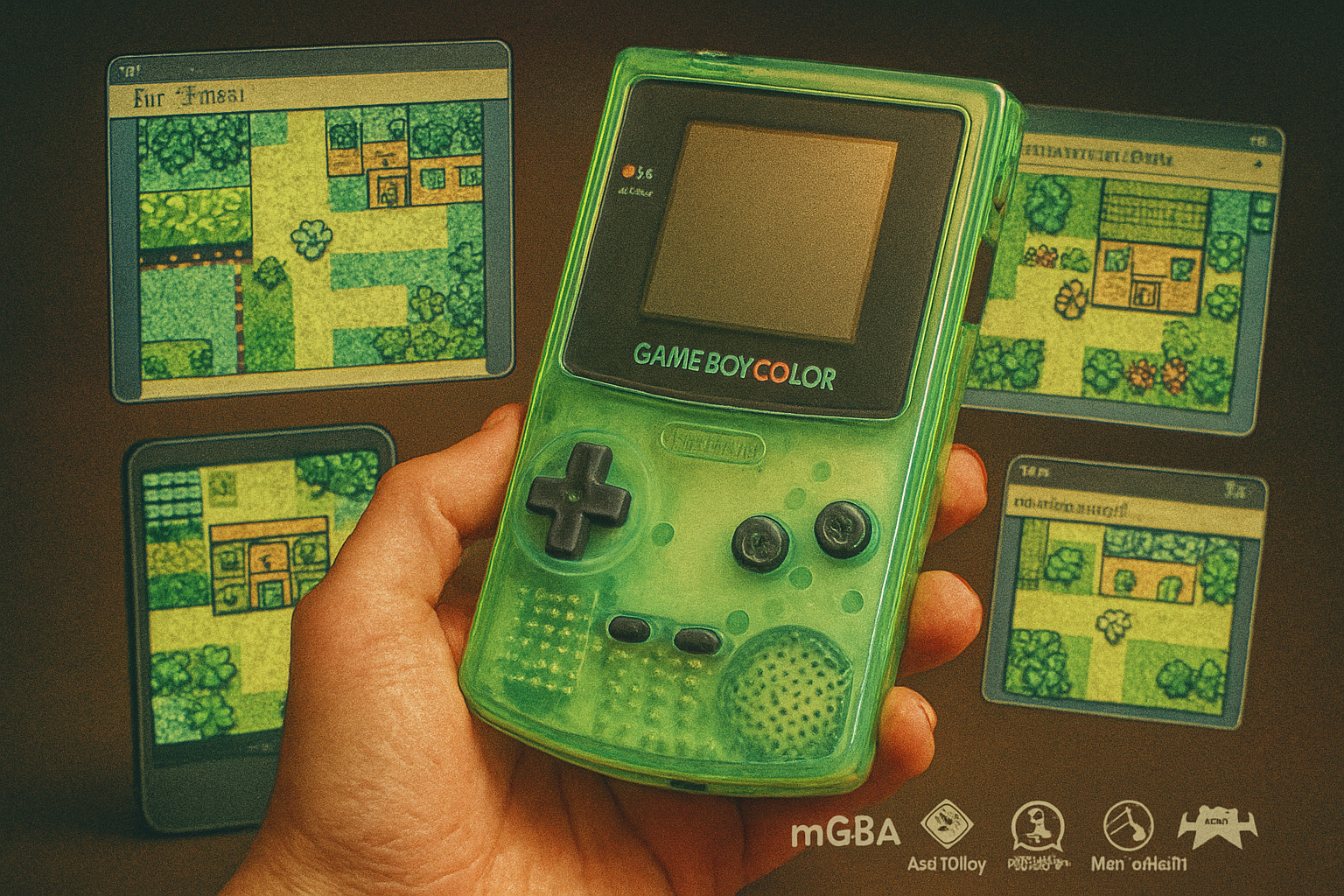
I still remember the first time I swapped a loose cartridge into a Game Boy Color and watched Pikachu jitter onto a greenish screen. It felt like a private miracle: a cheap slab of plastic becoming a portal. Emulation promised that same portal, but cheaper, with save-states, rewind, and firmware patches - and with the inevitable choices and disappointments that come with any attempt to revive a childhood.
This post cuts through the nostalgia and the marketing puffery. Below you’ll find the Game Boy Color emulators that mattered in 2023 - what they do well, where they trip, and which one you should install depending on the device in front of you.
Quick verdict (if you want to skip the long-winded romance)
- Best overall (balance of accuracy, features, and platform support) - mGBA
- Best for accuracy and preservation-minded users - SameBoy
- Best RetroArch/core option (multi-platform & lightweight) - Gambatte (libretro)
- Best Windows-only debugger & link emulation - BGB
- Best pick for consoles and mobile via front-ends - RetroArch with cores above
What matters for GBC emulation (and why accuracy still wins)
A GBC emulator can be a toy - or a tool. Here are the qualities that separate the two:
- Accuracy - Do games run like they did on real hardware (timing, color palettes, sound)?
- Link/cable support - Can you trade Pokémon or battle using local or networked linking?
- Performance - Does it run smoothly on a low-end laptop or phone?
- Features - Save states, rewinding, cheats, shader/scanline support, debugging tools.
- Portability - Is it available across Windows, macOS, Linux, Android, iOS, or Web?
Think of accuracy as oxygen: you don’t appreciate it until it’s missing and everything starts suffocating.
The contenders (what changed or mattered in 2023)
mGBA - the pragmatic all-rounder
- Why it stands out - mGBA aims to be fast, modern, and feature-rich while maintaining good compatibility with Game Boy, Game Boy Color, and GBA titles. It’s the emulator many people reach for when they want a “works everywhere” solution without obsessing over every timing nuance.
- Strengths - Cross-platform builds (Windows, macOS, Linux), active development, robust features - save states, cheat support, rewinding, debugger, and even scripting or Lua hooks in some builds. The project has maintained steady development via its official site and repositories (
- Weaknesses - While very accurate for most practical purposes, it is not the absolute last word in cycle-accurate preservation.
- Best for - Players who want excellent compatibility plus modern conveniences like rewinding and netplay without fuss.
SameBoy - the accuracy champion
- Why it stands out - SameBoy is written with a preservationist’s ethic. It focuses on high-fidelity emulation down to quirky hardware behaviors, making it the emulator of choice for researchers and players who care about how a game
- Strengths - Exceptional accuracy (including detailed sound emulation), faithful boot ROM behavior, reliable link-cable emulation for local networking, and clean, maintainable code. It also offers builds for macOS, Linux, Windows, and a RetroArch core.
- Weaknesses - Slightly less feature-saturated than mGBA in terms of extras (though it covers the essentials), and not always as flashy for casual users.
- Best for - Preservationists, speedrunners, researchers, or anyone who wants behavior indistinguishable from a real GBC.
Gambatte (libretro/core) - the lightweight workhorse
- Why it stands out - Gambatte has long been recognized for excellent accuracy and performance, and the libretro core makes it available in RetroArch on virtually any platform. The original repo and forks continue to be maintained; a widely used reference is
- Strengths - Highly compatible, fast even on modest hardware, widely available as a RetroArch core (so you get a unified front-end and the convenience of many platforms). Good sound and timing.
- Weaknesses - The core-focused distribution means it’s bound to RetroArch’s interface unless you use standalone builds.
- Best for - Users who love RetroArch or want a reliable, lightweight GBC core across many systems.
BGB - the Windows-only perfectionist’s toybox
- Why it stands out - BGB is the name that pops up in any serious Windows-based discussion of Game Boy emulation. It’s famous for accurate audio, an excellent debugger, and strong link-cable support - including options that help with tool-assisted speedruns (TAS).
- Strengths - Superb debugging tools (breakpoints, memory viewers), very accurate sound emulation, great for TAS and ROM-hacking. See the old but reliable site:
- Weaknesses - Windows-only, somewhat dated interface, and the developer’s updates are infrequent.
- Best for - ROM hackers, TASers, and anyone who wants the best native Windows dev/debug experience.
RetroArch + cores - the multi-platform convenience layer
- Why it stands out - RetroArch isn’t an emulator itself but a front-end that runs emulator “cores” - for GBC that usually means Gambatte or SameBoy cores. RetroArch gives you a single interface across many devices, shader support, and netplay integration. See
- Strengths - Cross-platform consistency (Windows, macOS, Linux, Android, consoles), shaders, unified configuration, and netplay.
- Weaknesses - It can be confusing to configure, and the front-end’s learning curve annoys people who just want to double-click a ROM.
- Best for - People who want one interface to rule many platforms, or who want mobile/console deployment.
Platform-by-platform recommendations
- Windows - mGBA for convenience; BGB if you need debugging and absolute local link fidelity.
- macOS - SameBoy or mGBA (SameBoy has polished macOS builds and is more accurate for preservation work).
- Linux - mGBA or SameBoy; RetroArch with Gambatte if you prefer a single front-end.
- Android - RetroArch + Gambatte/SameBoy cores for flexibility; look for reputable standalone ports if you prefer a dedicated app.
- iOS - RetroArch (sideloaded/AltStore) or SameBoy builds where available; official App Store options are limited because of store policies.
- Web - Gambatte.js or wasm builds of mGBA/SameBoy - useful for quick testing, but expect slightly higher memory/CPU use than native builds.
Two real-world examples
Trading and battling in Pokémon (link support) - If your reason for emulation is to trade or battle as in the old days, your best bets are BGB (Windows) or SameBoy with a proper link setup and/or RetroArch netplay. These handle link-cable timing much more faithfully than many casual builds.
TASing and ROM-hacking - BGB for Windows because of its debugger and frame-accurate tools. SameBoy and Gambatte are also used for validation because of their cycle-accurate emulation.
Pitfalls, legal notes, and practical tips
- ROM legality - Downloading ROMs you don’t own is illegal in many places. The safe play is to dump your own cartridge ROMs and use emulation for convenience.
- BIOS/boot ROMs - GBC emulation doesn’t generally require a proprietary BIOS to run most games, but some emulators can emulate the boot behavior; SameBoy is particularly careful about this.
- Save formats - If portability matters (moving saves between emulators), stick to standard save formats (.sav) and check whether your emulator uses battery saves or save states.
- Rewind and save states - Extremely convenient but remember they are not the same as real saves and can mask bugs or weird state-dependent glitches.
- Performance - If a game stutters, try a different video backend (OpenGL vs software), or use a lighter core like Gambatte in RetroArch.
How I’d choose if I were you (short shopping list)
- You want “it just works” on every platform - install mGBA.
- You want scientific accuracy and faithful behaviour - install SameBoy.
- You already use RetroArch or need a mobile/console solution - use Gambatte or SameBoy cores in RetroArch.
- You do ROM-hacking, TAS, or need the best Windows debug tools - use BGB.
Further reading and downloads
- mGBA: https://mgba.io/ and https://github.com/mgba-emu/mgba
- SameBoy: https://github.com/LIJI32/SameBoy
- Gambatte (GitHub): https://github.com/sinamas/gambatte
- BGB emulator: http://bgb.bircd.org/
- RetroArch / libretro: https://www.libretro.com/
If you want to test for accuracy, pick a stubborn title (early GBC color-mapped games or anything that uses odd palette tricks) and compare behavior across two emulators. Differences will teach you what “good enough” actually means.
At its best, emulation buys you options: the chance to preserve, to customize, to cheat, or to relive. At its worst, it gives you a dozen ways to configure frame delay. Pick what matters: fidelity, features, or simplicity - and then play.
